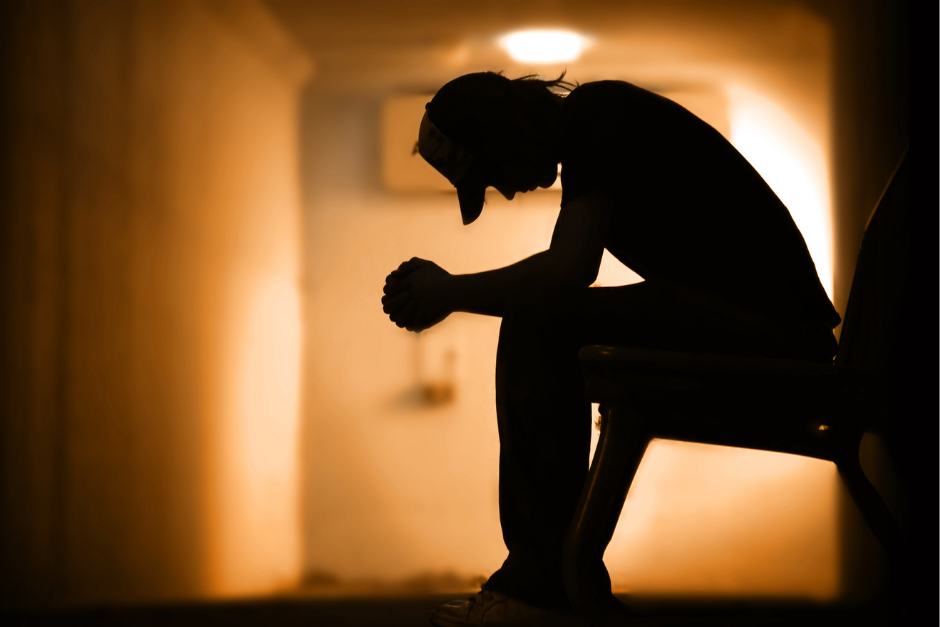There are no easy solutions for preventing school shootings and no single reason why they occur. There are gun, school, security, substance use and other issues that are part of the discussion.
But from a clinician’s perspective, prevention of future tragedies starts with fundamental changes in how we approach mental health in this country. This includes increasing awareness and reducing the stigma associated with mental illness and making mental healthcare a routine, affordable and accessible part of our basic healthcare.
When I read or hear that the perpetrator involved in the devastating school shooting in Uvalde, Texas last week had no history of mental health issues. I immediately question whether he even had caregivers, educators, healthcare providers or mental health professionals in his life who would have noticed something was wrong and could have raised red flags. It appears, that he was communicating his rage on social media, but that information was not shared with someone who could intervene.
While there is so much work that needs to be done on many fronts to prevent tragedies like the one in Uvalde, one thing we all can do is be more aware of what is going on with the young people in our communities and say something when we see that they are in trouble.
It’s a difficult call to make, and it shouldn’t be up to just one person. But if students are encouraged to share their concerns with trusted adults, and parents, teachers and counselors are trained to alert mental health professionals, social service agencies or law enforcement when they see troubling behaviors, research shows an act of violence can be stopped.
Warning Signs
According to organizations that study school shootings, like the Violence Project and Sandy Hook Promise, individuals who commit these atrocities almost always signal in advance that they are in crisis. In four out of five school shootings, at least one other person knew about the attacker’s plan but failed to report it.
The Violence Project, which has developed a database of the life histories of 180 mass shooters, detected patterns that connect their behavior, their past and their backgrounds. According to the data, school shooters tend to:
- Have a significant history of trauma
- Be noticeably in crisis, showing significant behavioral changes over a short period of time
- Voice suicidal thoughts
- Talk about harming themselves or others
- Share their intention to commit acts of violence with someone or through social media.
Sandy Hook Promise identifies nine “critical warning signs” to look out for:
- Suddenly withdrawing from friends, family and activities (including online or via social media)
- Bullying, especially if targeted toward differences in race, religion, gender or sexual orientation
- Excessive irritability, lack of patience, or becoming angry quickly
- Experiencing chronic loneliness or social isolation
- Expressing persistent thoughts of harming themselves or someone else
- Making direct threats toward a place, another person, or themselves
- Bragging about access to guns or weapons
- Recruiting accomplices or audiences for an attack
- Directly expressing a threat as a plan
The organization notes that this isn’t a complete list of all warning signs. Exhibiting one of these signs doesn’t necessarily indicate imminent violence. However, seeing these types of troubling behavior should prompt further communication and investigation.
Certainly, students, parents, teachers, mental health professionals and communities need more tools, resources and training to know when and how to intervene. (See the Sandy Hook Promise website for training materials) But, they also need ready access to mental health care for the young person in crisis.

